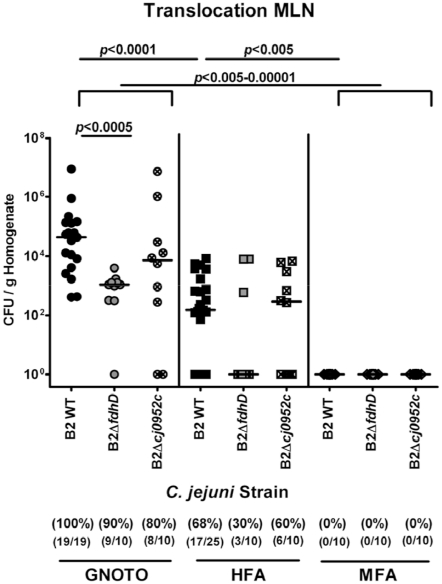Figure 9. Impact of C. jejuni formic acid metabolism and perception on bacterial translocation to mesenteric lymphnodes.
Gnotobiotic (GNOTO; circles) and with human flora associated (HFA; squares) mice were generated as described (see methods). Conventionally colonized (MFA; diamonds) animals served as negative controls. Mice were orally infected with the C. jejuni wildtype strain (B2 WT; solid symbols), or with isogenic mutants deficient in the formate dehydrogenase subunit D (B2ΔfdhD; grey symbols) or the formic acid receptor (B2Δcj0952c; crossed symbols). At d12 post infection, live C. jejuni were quantified in homogenized MLNs by culture (as described in methods; CFU, colony forming units). Medians (black bars) and significance levels (P-values) determined by Mann-Whitney-U test are indicated. Absolute and relative numbers of animals harboring C. jejuni are given in parentheses. Data shown are pooled from three independent experiments.

